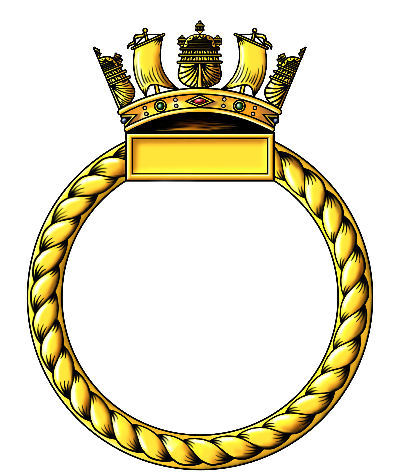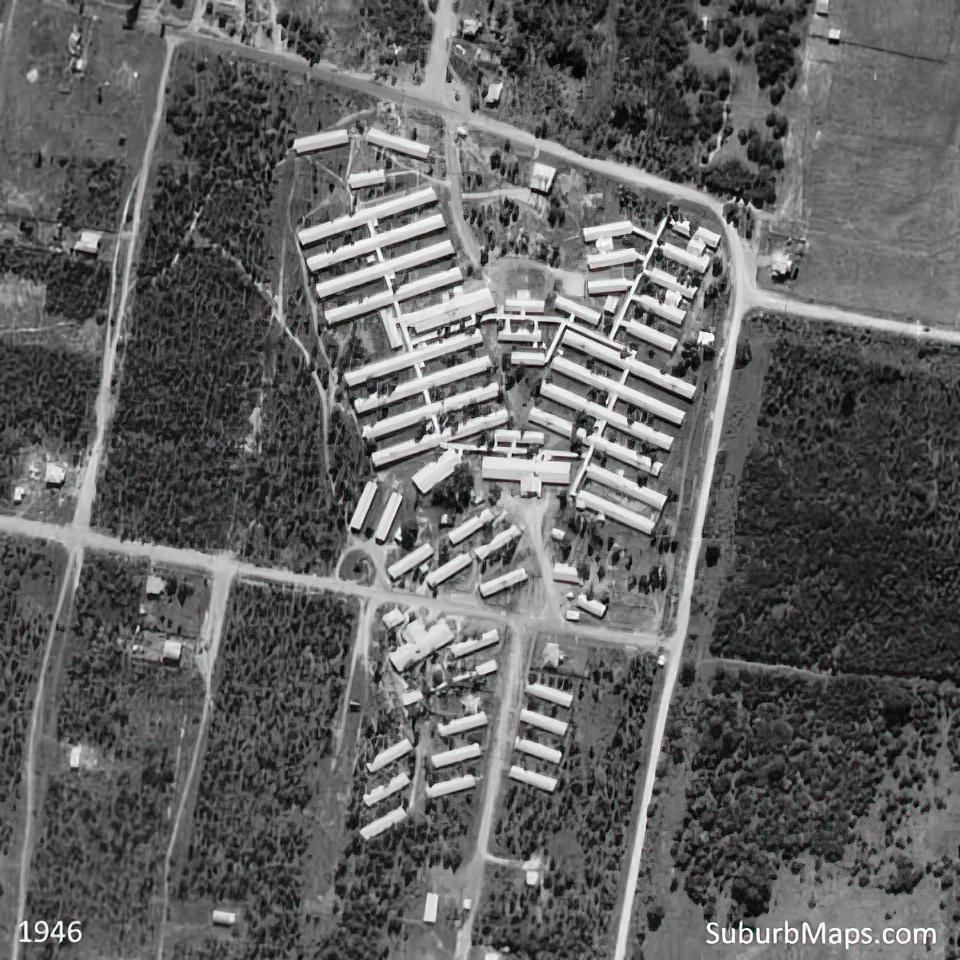R.N. Auxiliary Hospital

No badge issued for this establishment
Location
Eklkin and Holland Park, Brisbane, Queensland
Commanding Officers
Surgeon Captain (M) H. B. Parker, CBE, DSC, MB, BS, MRCS, LRCP, DTM & H (ret)
Related items
None
Reminiscences
None
Gallery
None
R.N.A.H. Brisbane

R. N. Auxiliary Hospital on the outskirts of Brisbane -Original site at Eklkin, later site at Holland Park
Establishment of a Naval Auxiliary Hospital
When the decision was taken to deploy a British Fleet to operate in the Pacific fighting against the Japanese plans were put in motion to establish shore based medical facilities in Australia, the location of the headquarters and main base for the new British Pacific Fleet (BPF).
The Fleet was to have its main base at Sydney, New South Wales, with Brisbane, Queensland providing a smaller base for shipping that could not be accommodated in Sydney. The BPF was due to arrive in Sydney on February 10th 1945 and the main efforts at supply support infrastructure focused on the Sydney area first and the main R.N. Auxiliary Hospital, Herne Bay, Sydney was established and ready by this date. A second, smaller R.N. Auxiliary Hospital was planned for Brisbane and was required for March 1945.
In mid-March 1945 the Royal Navy took over part of a hutted camp at Eklkin, on the outskirts of Brisbane to establish the second Royal Naval Auxiliary Hospital in Australia. The site had previously been occupied by the 102nd Australian General Hospital (102 AGH) and it became available when the unit relocated to the former U.S Army Hospital site at Holland Park, Brisbane. Personnel for the hospital had been assembled in the UK beginning in late November 1944 and they arrived in Australia in early March 1945.
First to arrive on the site were Surgeon Commander S. C. Keating, R.N., and Miss N. K. Westaway, a matron of the QARNNS (Queen Alexandra Royal Naval Nursing Service), accompanied by Miss B. G. Beazley, a commandant of the Royal Naval Voluntary Aid Detachments. They found the buildings in poor condition, and inadequate essential services, and lack of amenities; the hospital was initially planned to accommodate 250 patients; 220 for ratings and 30 for officers. The commanding officer, Surgeon Captain (M) H. B. Parker, CBE, DSC, MB, BS, MRCS, LRCP, DTM & H at the end of March when the hospital opened for patients. On arrival at Brisbane all naval medical personnel were attached to the local naval base HMS FURNEAUX for pay and victualling.
Once operational the number of patients under treatment usually totalled about 200, with admissions and discharges averaging 15 to 20 each day. Use was made of a convalescent camp at Coolangatta, 63 miles away. The general health of naval personnel in the Brisbane area was on the whole good, and such casualties as were received by the hospital were very light. Nevertheless, by June 13th 225 were under treatment, of whom 13 were officers, and at the same time 46 patients were convalescing at Coolangatta.
Being at almost continuously at capacity the RN Auxiliary Hospital would not be able been capable of dealing with the normal emergency requirements of visiting ships of the British Pacific Fleet, nor to accommodate any casualties evacuated from the forward area. More serious was the lack of any provision for isolation wards to handle any epidemic disease outbreaks.
During the first few months of operation shortages of medical stores and equipment was a serious problem for a time. This meant there were no medical stores available from naval sources replenish those ships whose demands had not reached the R.A.N. Medical Store in Sydney in sufficient time to be packed and despatched to Brisbane. It was necessary therefore to obtain medical stores from local Australian Army sources whose assistance made it possible to fulfil all demands from H.M. Ships visiting Brisbane.
Expansion of patient capacity and a move to Holland Park
The first patients from the forward area arrived on June 7th when the RN Hospital Ship OXFORDSHIRE discharged a number of her consignment of invalids before continuing on to Sydney, this stretching the facilities at Eklkin to their limits.
In order to make adequate provision to cover possible future naval medical commitments in the Brisbane area, including the reception of more patients from the forward areas, arriving by sea or air, negotiations were undertaken to acquire 750 beds at the Holland Park hospital Brisbane, previously operated by the U.S. Army and partially occupied by the 102nd Australian General Hospital. Eventually it was agreed that the Royal Naval Auxiliary Hospital, Brisbane would function as a wing of the 102nd Australian General Hospital, and received patients from the Royal Navy, Royal Australian Navy, Royal Canadian Navy, and South African Naval Forces. Additionally, because of lack of specialist medical officers in the Australian Army Hospital, medical officers of the naval wing of the hospital assisted in the care of Australian Army patients.


Left: The site of the original 250 bed RN Auxiliary hospital at Eklkin. Right: The much larger hospital site at Holland Park where the RN hospital operated as a wing of the 102nd Australian General Hospital with 750 bed capacity.
Rundown to closure
After the Japanese surrender the R.N. Auxiliary Hospital, Brisbane began to run down to closure. It was closed down on September 7th 1945, after receiving and caring for 595 patients; the remaining patients being transferred to 102 AGH. On September 13th the RN hospital’s administrative staff departed for Hong Kong to commence the reconstruction of naval hospital facilities in the Colony. The colony had only been liberated two weeks earlier and the most serious hospital cases, including 87 stretcher cases, from the liberated POW camps had been evacuated by OXFORDSHIRE which sailed for Brisbane on the same day the R.N. Auxiliary Hospital closed its doors.
Last modified: 08 September 2023
Primary information sources
Additional sources:
(1954) Surgeon Commander J. L. S. COULTER, D.S.C., R.N., ‘THE ROYAL NAVAL MEDICAL SERVICE’ London, Her Majesty's Stationery Office - Volume 1'Administraion'
TROVE, digital archive of National Library of Australia various newspapers including;
The Sydney Morning Herald (NSW)
Newcastle Morning Herald and Miners' Advocate (NSW)
West Australian (Perth, WA)
Comments (0)